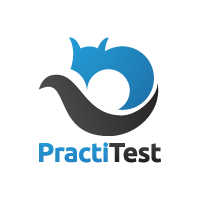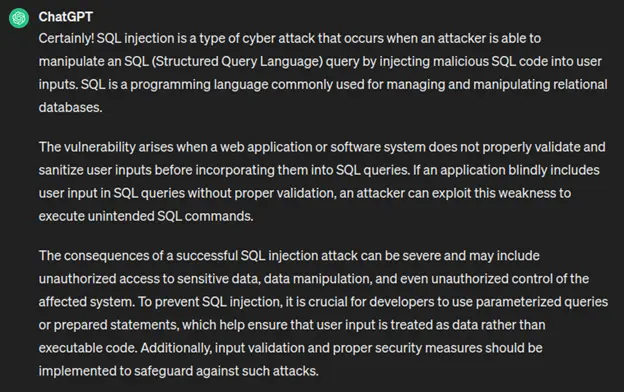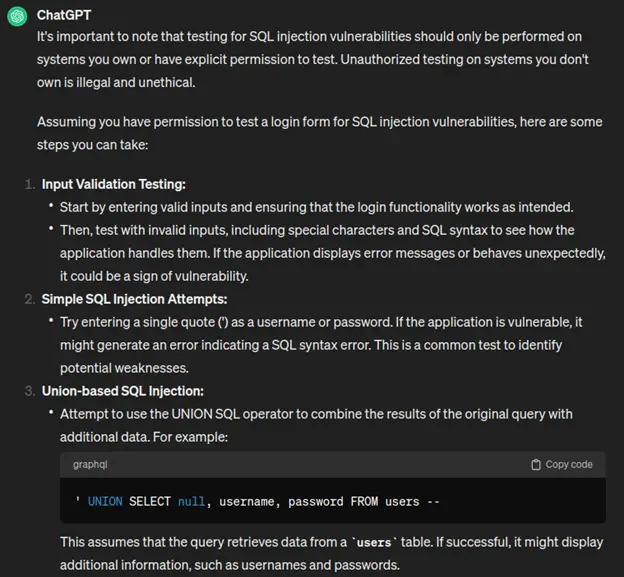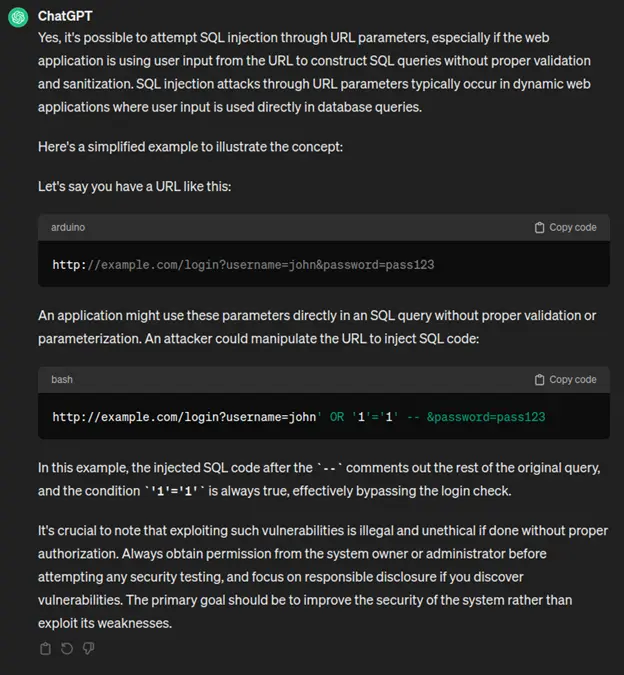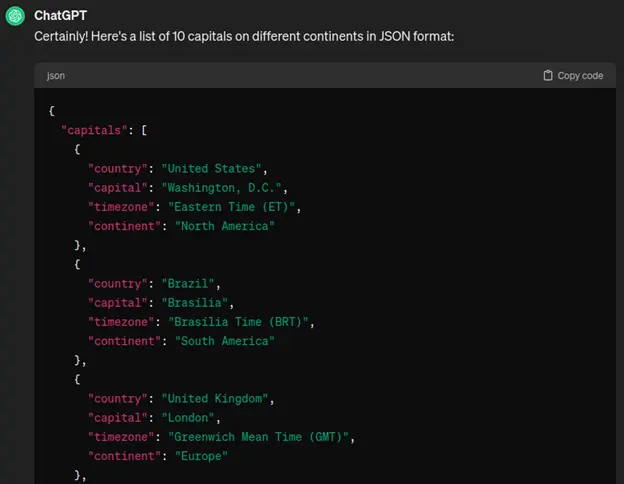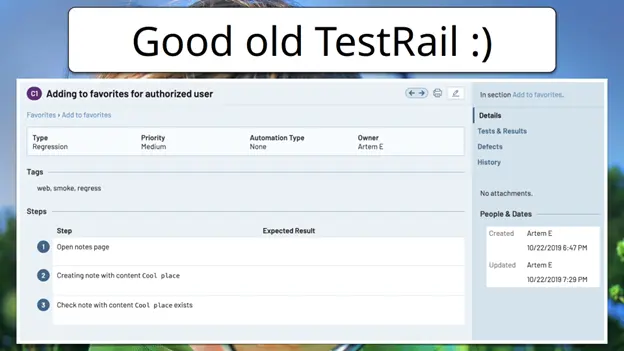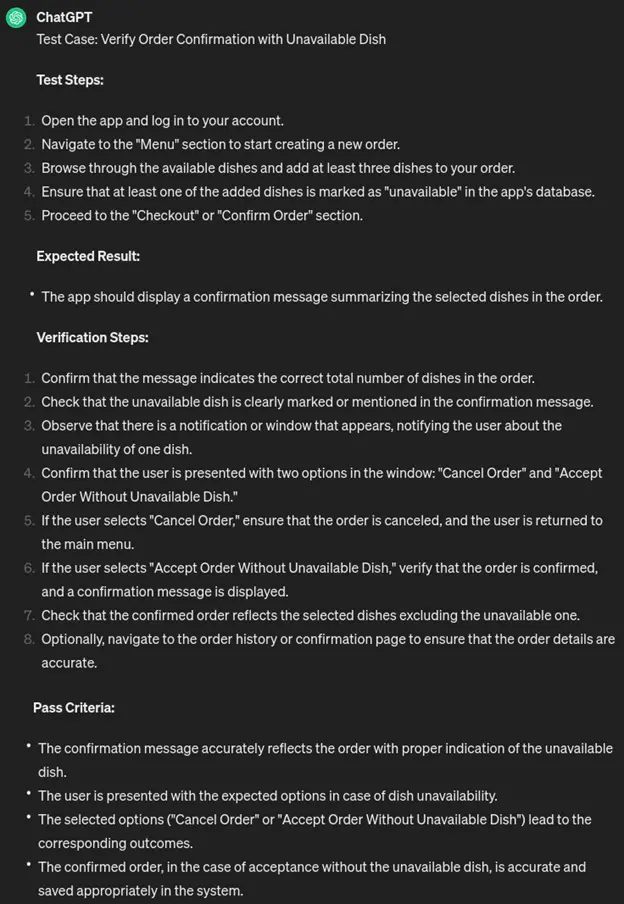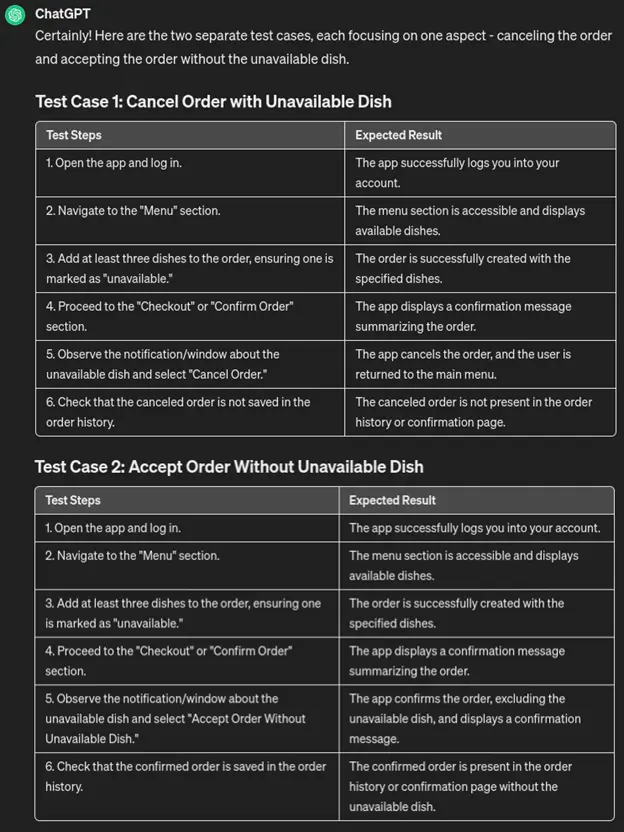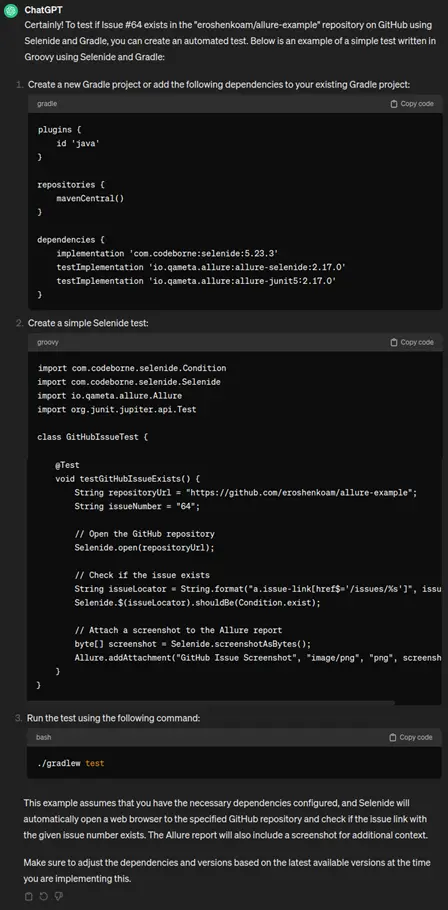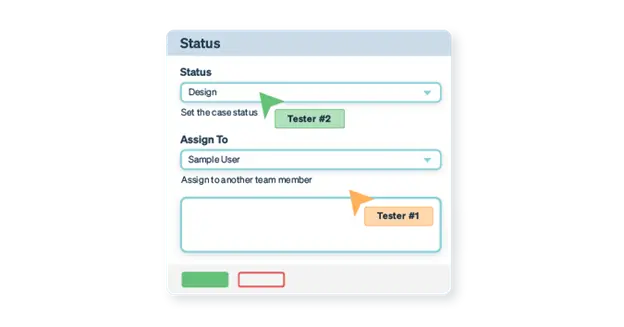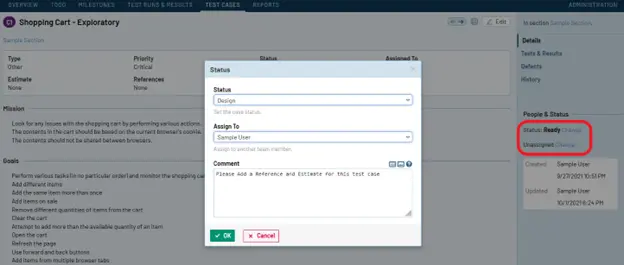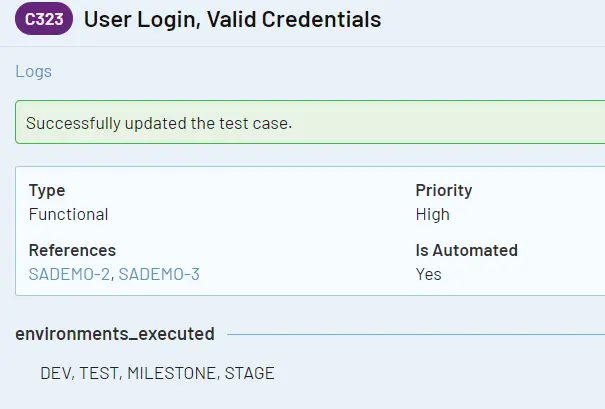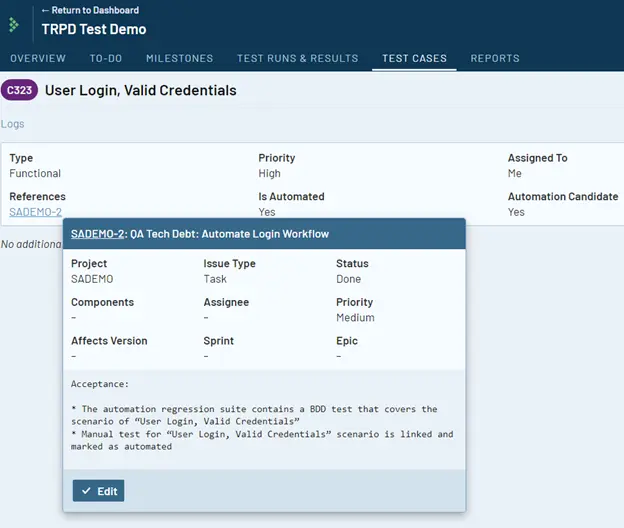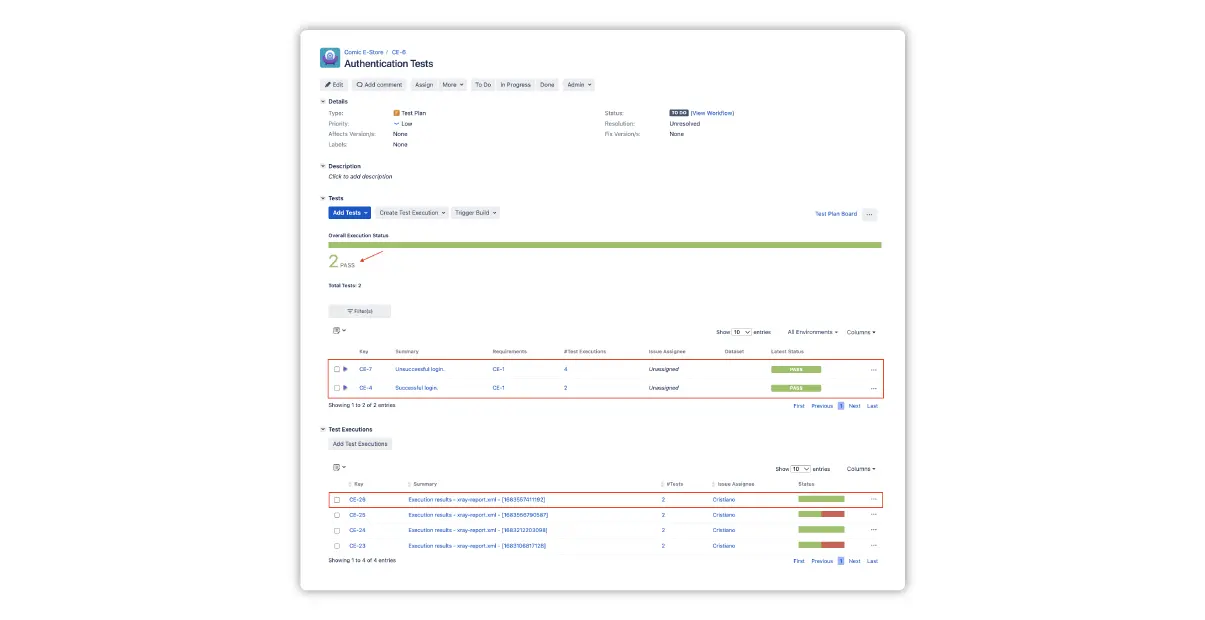The EuroSTAR EXPO is where the European testing community comes alive. After an unforgettable week in Edinburgh, we’re thrilled to announce that EuroSTAR 2026 is heading to Oslo, Norway, and the excitement is already building.
Year after year, sponsors ask us, “When are we going to Norway?” Well, it’s finally happening! From 15–18 June 2026, we’ll gather in Oslo for four days of networking, learning, and fun.
Brand New for 2026: Diamond Partner Package
We’re excited to introduce the Diamond Partner Package for EuroSTAR 2026 – a new sponsorship option created for those looking to showcase their expertise and connect directly with attendees during the conference. This exclusive option gives you:
- Thought leadership visibility – Share your expertise on the main stage with a 30-minute talk and live Q&A.
- Premium presence – A prime 5x5m stand ensures high foot traffic and maximum engagement with attendees.
- More meaningful connections – 3 full-conference passes allow your team to attend sessions, network, and build long-term relationships.
- Event-wide brand impact – Enhanced branding keeps your company front-of-mind throughout the conference.
With only 3 spots available, the Diamond Partner Package is a chance to showcase solutions, share expertise, and be at the forefront of discussions within the testing community.
What’s Working: Why Sponsors Keep Coming Back
When you invest in the EuroSTAR EXPO, you’re aiming for more than just foot traffic – you want quality leads, stronger brand visibility, and real opportunities to grow your customer base. That’s exactly what sponsors are achieving:
- Live Demos That Drive Interest: In 2025, demos attracted 700+ attendees, sparking meaningful product conversations and follow-ups.
- Leads That Convert: Over 5,000 leads scanned last year, with 92% of delegates using the app to connect directly with sponsors.
- Networking That Builds Partnerships: The EXPO floor, dedicated networking breaks, and evening socials help sponsors create lasting relationships with decision-makers.
- Onsite Rebookings: A third of exhibitors were so satisfied they reserved their space for 2026 before the 2025 event even ended – a clear sign of strong ROI.
“It’s been really good in terms of lead generation, in terms of the numbers, but also the quality of conversations.” – Joshua England, Curiosity Software
Why It’s Worth It: Reach the Right People, Achieve Real Impact
Success at EuroSTAR isn’t just about visibility – it’s about being in the right room with the right people. Decision-makers, influencers, and future customers are all here:
- Direct Access to Buyers: 26% of attendees are C-suite or senior management, with another 30% in manager or team lead roles – the people who make purchasing decisions.
- Your Target Market in One Place: Connect with professionals from 40+ countries, 150+ companies, and key industries including finance, healthcare, telecoms, and technology.
- European Reach with a Nordic Focus: With 50% of attendees from Nordic countries, EuroSTAR 2026 in Oslo offers unmatched access to this growing market.
- Thought Leadership Opportunities: Main stage talks and session participation position your brand as a trusted leader in testing and quality engineering.
- Sustainable Growth: Sponsors regularly return because the relationships built at EuroSTAR lead to partnerships, sales, and long-term brand recognition.
“The individuals here are of the highest calibre. The type of companies and people we connect with has grown our organization here in EMEA.” – Xander Lien, ACCELQ
🚀 Secure Your Place in Oslo
EuroSTAR 2026 is shaping up to be one of our most exciting conferences yet. With premium EXPO spaces filling fast and just 3 Diamond Partner packages available, now is the perfect time to position your brand as a leader in the European testing community.
Join us in Oslo for four unforgettable days of learning, networking, and showcasing the future of testing. Let’s make EuroSTAR 2026 your most impactful event yet.
Author

Clare Burke
EXPO Team, EuroSTAR Conferences
With years of experience and a passion for all things EuroSTAR, Clare has been a driving force behind the success of our EXPO. She’s the wizard behind the EXPO scenes, connecting with exhibitors, soaking up the latest trends, and forging relationships that make the EuroSTAR EXPO a vibrant hub of knowledge and innovation.
t: +353 91 416 001
e: clare@eurostarconferences.com






